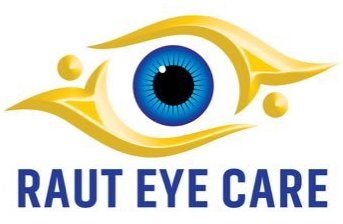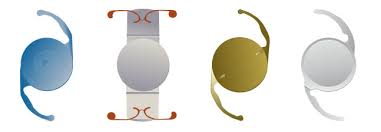Introduction:
Refractive Lens Exchange (RLE) surgery, also known as Clear Lens Extraction (CLE), is a sophisticated vision correction procedure that has gained prominence as an alternative to traditional methods like glasses, contact lenses, and laser eye surgeries. This article delves into the intricacies of RLE surgery, exploring its procedure, benefits, risks, and considerations for potential candidates.
Understanding Refractive Lens Exchange:
Refractive Lens Exchange is a surgical procedure that involves the removal of the eye's natural lens and its replacement with an artificial intraocular lens (IOL) to correct refractive errors such as nearsightedness (myopia), farsightedness (hyperopia), astigmatism, and presbyopia (age-related loss of near vision).
The Procedure:
Preoperative Assessment: Before undergoing RLE surgery, a comprehensive eye examination is conducted to determine the patient's eye health, prescription, and candidacy for the procedure.
Anesthesia: RLE surgery is typically performed under local anesthesia, and sometimes mild sedation, to ensure patient comfort throughout the procedure.
Lens Removal: A small incision is made in the cornea. The natural lens is carefully removed through this incision, using techniques such as phacoemulsification, which involves breaking up the lens using ultrasound energy and removing it through a tiny vacuum.
IOL Implantation: After the natural lens is removed, an artificial intraocular lens (IOL) is inserted into the same capsular bag that held the natural lens. IOLs are available in various types, including monofocal, multifocal, toric, and accommodating IOLs, each addressing different vision needs.
Incision Closure: The incision is typically so small that sutures may not be necessary. The natural pressure within the eye helps keep the incision closed, promoting faster healing.
Benefits of RLE Surgery:
Corrects Various Refractive Errors: RLE can address a wide range of refractive errors in a single procedure, unlike laser eye surgeries that primarily focus on myopia, hyperopia, or astigmatism.
Long-Lasting Results: The implanted IOL is a permanent solution, offering stable vision correction for the long term.
Presbyopia Correction: RLE can effectively correct presbyopia by using multifocal or accommodating IOLs, reducing or eliminating the need for reading glasses.
Lens Stability: The artificial IOL is not susceptible to age-related changes that affect the natural lens, making it an attractive option for individuals experiencing cataracts in addition to refractive errors.
Considerations and Risks:
Candidacy: RLE is most suitable for individuals over 40, when the natural lens starts to lose its flexibility, leading to presbyopia. Candidates should have stable prescriptions and good overall eye health.
Risks: As with any surgery, RLE carries risks, including infection, inflammation, increased intraocular pressure, and rare complications like retinal detachment. It's crucial to discuss potential risks with a qualified ophthalmologist before undergoing the procedure.
IOL Choice: The choice of IOL type should be made in consultation with the surgeon, considering the patient's lifestyle, visual needs, and existing eye conditions.
Recovery: The recovery process is generally smooth, with mild discomfort and visual fluctuations in the initial days. Full stabilization of vision may take a few weeks.
Conclusion:
Refractive Lens Exchange surgery has emerged as a remarkable option for individuals seeking freedom from glasses, contact lenses, and refractive errors. With its ability to correct a range of vision problems and offer long-lasting results, RLE has transformed the lives of many by providing clear and vibrant vision. However, as with any medical procedure, careful consideration, consultation with an experienced ophthalmologist, and a comprehensive understanding of the risks and benefits are essential before making a decision to undergo RLE surgery.


